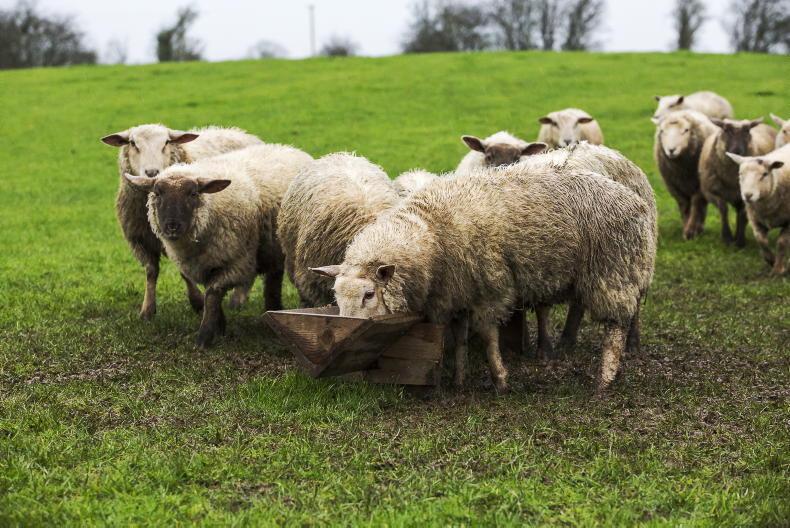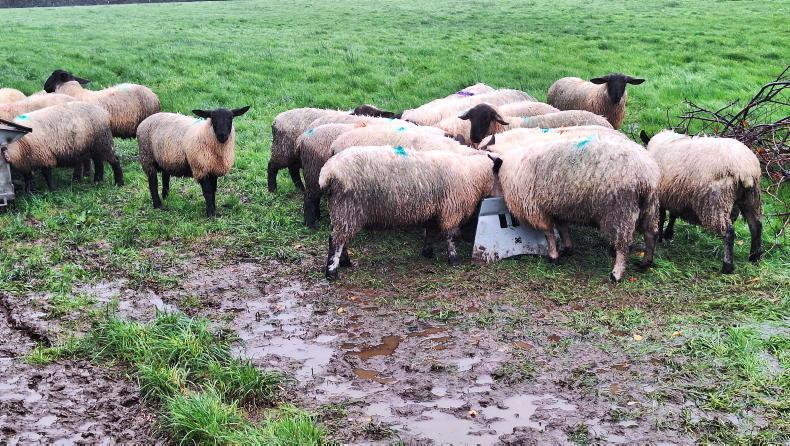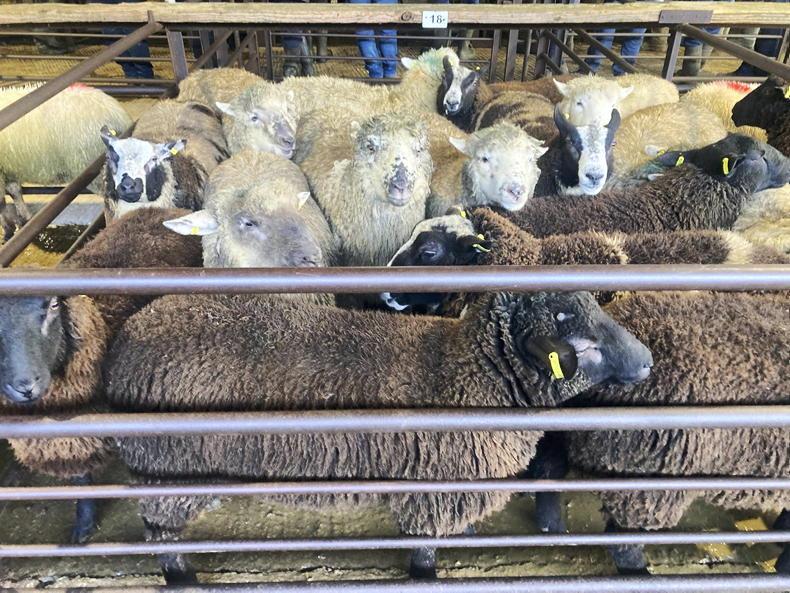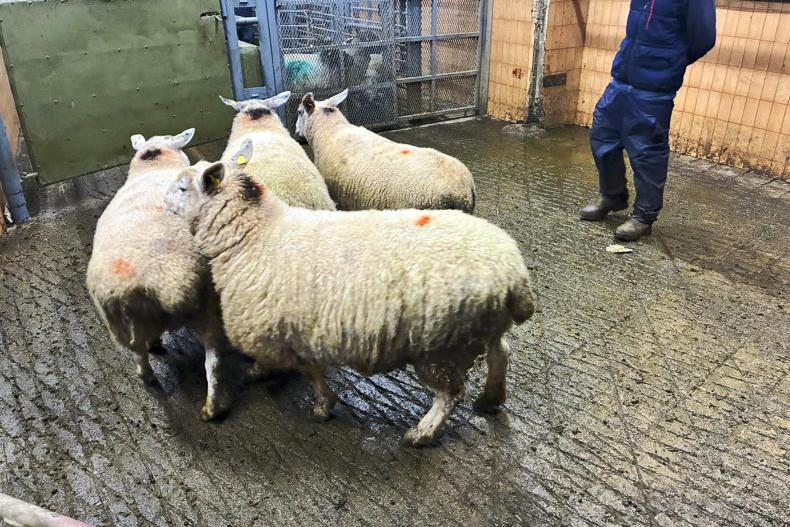Sales of store lambs are off to a flying start, buoyed by a strong market for factory fit animals. Early reports indicate prices are similar to last year.
Heavy fleshed lambs around 38kg to 40kg liveweight are making £86 to £88 for Texel and Suffolk types. A few exceptional lots are breaching the £90 mark.
Short keep Mule lambs are generally making £3 to £5 less (unless they are good, tight skinned ewe lambs with breeding potential).
Stores weighing 30kg to 35kg are making £75 to £84, depending on lamb quality. Lighter lambs are selling just over the £70 mark for lowland breeds, with hill types selling upwards from £60.
What to buy?
Farmers planning on purchasing store lambs, but who have limited experience in this market, should give careful thought to what they buy.
Many marts operate store lamb sales without weighing animals entering the ring, so it is important to handle animals in the lairage before the sale starts.
Avoid buying pens with uneven sized animals and multiple breeds of sheep. There animals will be harder to finish in larger batches, giving you less negotiating power at sale.
In addition, ram lambs have higher growth rates, but are harder to kill off grass without feeding concentrate once grass quality tails off during the autumn.
If grass is not an issue, lighter lambs will cost less
Also, consider when you plan on finishing lambs. If the farm struggles to grow grass later in the season, opt for short keep lambs around 37kg to 38kg liveweight that will be ready by late September.
If grass is not an issue, lighter lambs will cost less.
But note that grass quality and daily liveweight gain will decline as autumn progresses, which will delay animals reaching target finishing weight.
Weight gain
Lowland cross lambs should gain 175g to 200g/day, or 1.2kg to 1.4kg of liveweight per week on well-managed swards during August and early September. Hill breeds will realistically gain closer to 1kg/week.
Weight gain will decline as autumn progresses, unless concentrate is introduced to supplement the diet.
During October and November, daily liveweight gain is more likely to be 100g to 120g/day in relatively favourable conditions, and assuming no concentrate is fed.
Budget
Always complete a budget before buying store lambs to see if there is a margin to be made. As an example, crossbred lambs weighing 36kg liveweight are purchased for £85 in August.
Target finishing weight is 48kg, which at 44% kill-out, will yield a 21kg carcase. Assuming lambs average a daily liveweight gain of 150g/day, it will take close to 12 weeks to finish these animals, meaning they are marketed in November.
Inputs include a weekly cost of 50p/lamb for grazing, which amounts to £6 over the period. Concentrates (£300/t) are fed for the final five weeks prior to slaughter at a rate of 0.5kg/ day, costing a total of £5 per head.
Factoring in £5/head for veterinary and miscellaneous expenses, break-even cost when finishing lambs is £101, or 480p/kg on a 21kg carcase. A £10/head margin requires a finished price of 528p/kg.
Last November, factories were quoting around the 450p/kg – 470p/kg mark for lambs.









SHARING OPTIONS